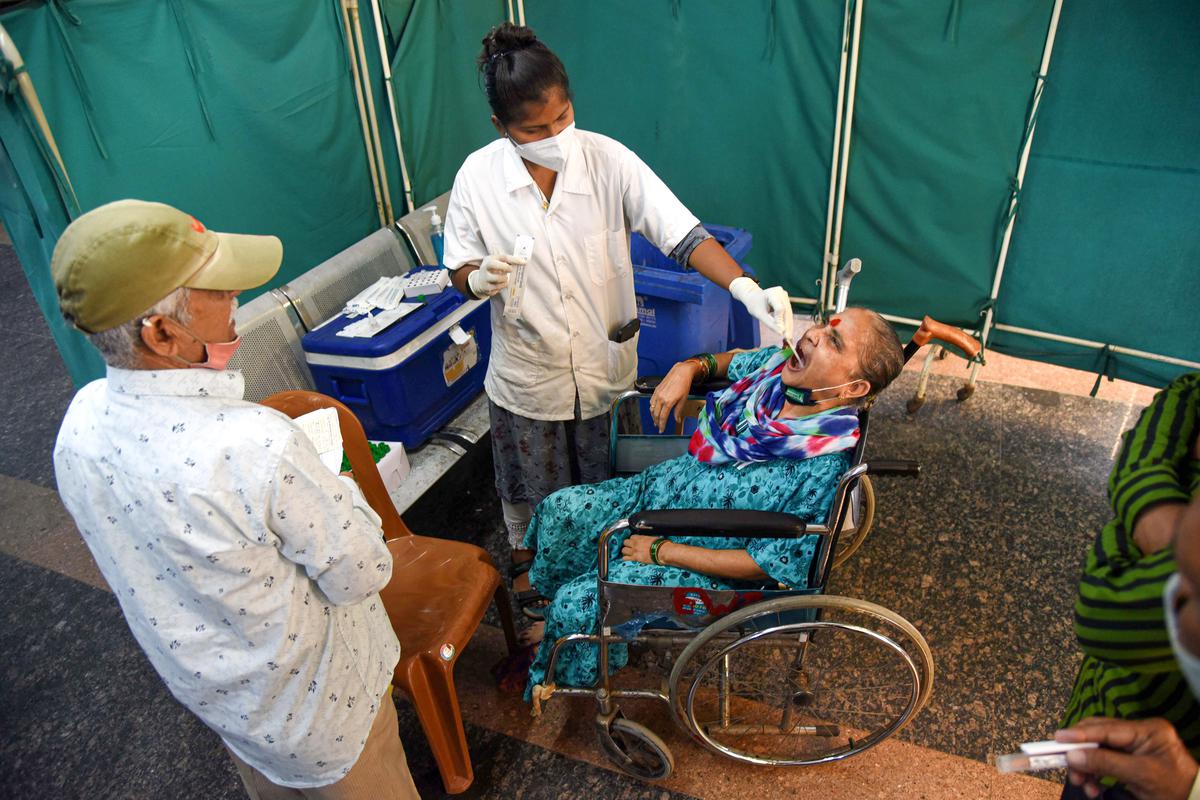Omicron XE: On Wednesday, the Union Health Ministry denied that India has recorded its first case of COVID-19 variant XE in Mumbai. The reply came after the Brihanmumbai Municipal Corporation (BMC) said that one case of Omicron’s new sub-variant, XE, had been discovered in its 11th batch of next-generation genomic sequencing on 230 COVID-19 positive individuals.
The BMC reported that a 50-year-old female patient, a costume designer by trade and a member of a film crew, had tested positive for XE after arriving from South Africa on February 10, 2022. She was double-vaccinated and tested negative for COVID-19 when she arrived in India, but she was determined to be positive and quarantined on March 2, 2022, during routine testing by Suburban Diagnostics. The following day’s test resulted in a negative result.
Omicron XE case confirmed by BMC
According to the BMC, 228 of the 230 COVID-19 patients tested had the Omicron variant infected, while one had the Kappa variant infected. Twenty-one of them needed to be admitted to the hospital. They weren’t in the Intensive Care Unit (ICU) and didn’t require oxygen.
“FactQ files in respect of the sample, which is said to be the Omicron XE variant, were analyzed in detail by genomic experts of the Indian SARS-CoV-2 Genomics Consortium (INSACOG), who inferred that the genomic constitution of this variant does not correlate with the genomic picture of the XE variant,” a senior health official said.
“The patient’s lab sample has been referred to Kasturba Hospital Central laboratory for whole-genome sequencing,” the BMC stated in a statement. Initial sequencing revealed it to be a novel Omicron XE variety. INSACOG has opted to do another round of genome sequencing at the national laboratory for sure confirmation of the XE variation, despite GISAID’s confirmation.”
“This lady is completely asymptomatic, and repeat testing revealed that she is RT-PCR negative.” According to primary studies, Omicron XE, a new COVID variation, is a mix of the BA.1 and BA.2 Omicron strains and is responsible for increased viral transmission. Frequent changes in genomic structure are part of the virus’s natural life cycle, and while there is no reason to be alarmed, everyone should take proper precautions, according to the BMC.
The BA.1 and BA.2 Omicron strains were mutated to create XE, which is recombinant. Experts say recombinant mutations occur when a patient is infected with numerous viral strains.
On December 30, 2020, the Government of India established INSACOG under the Ministry of Health and Family Welfare to monitor genome sequencing and viral variants of circulating COVID-19 strains in India. The collaboration determines the status of Variants of Interest (VoI) and Variants of Concern (VOC) in the country, builds sentinel and surge surveillance techniques for early identification of genomic variants, and aids in the formulation of efficient public health response. It also detects genetic variants in samples obtained during super-spreader events and in areas reporting rising trends in cases/deaths, among other things.
The World Health Organization (WHO) has issued a warning about the new COVID-19 subvariant XE, claiming it is more transmissible than any other strain. In total, three hybrid or recombinant viruses have been discovered so far. XD, XE, and XF are the three varieties, with XD and XF is a blend of the Delta and Omicron variants. The XE variation is a cross between two Omicron versions: BA.1 and BA.2.
The new mutant XE initially appeared in mid-January of this year. Omicron XE was first spotted on January 19, according to the UK’s health service, and 637 cases of the new strain have been documented in the country so far.

